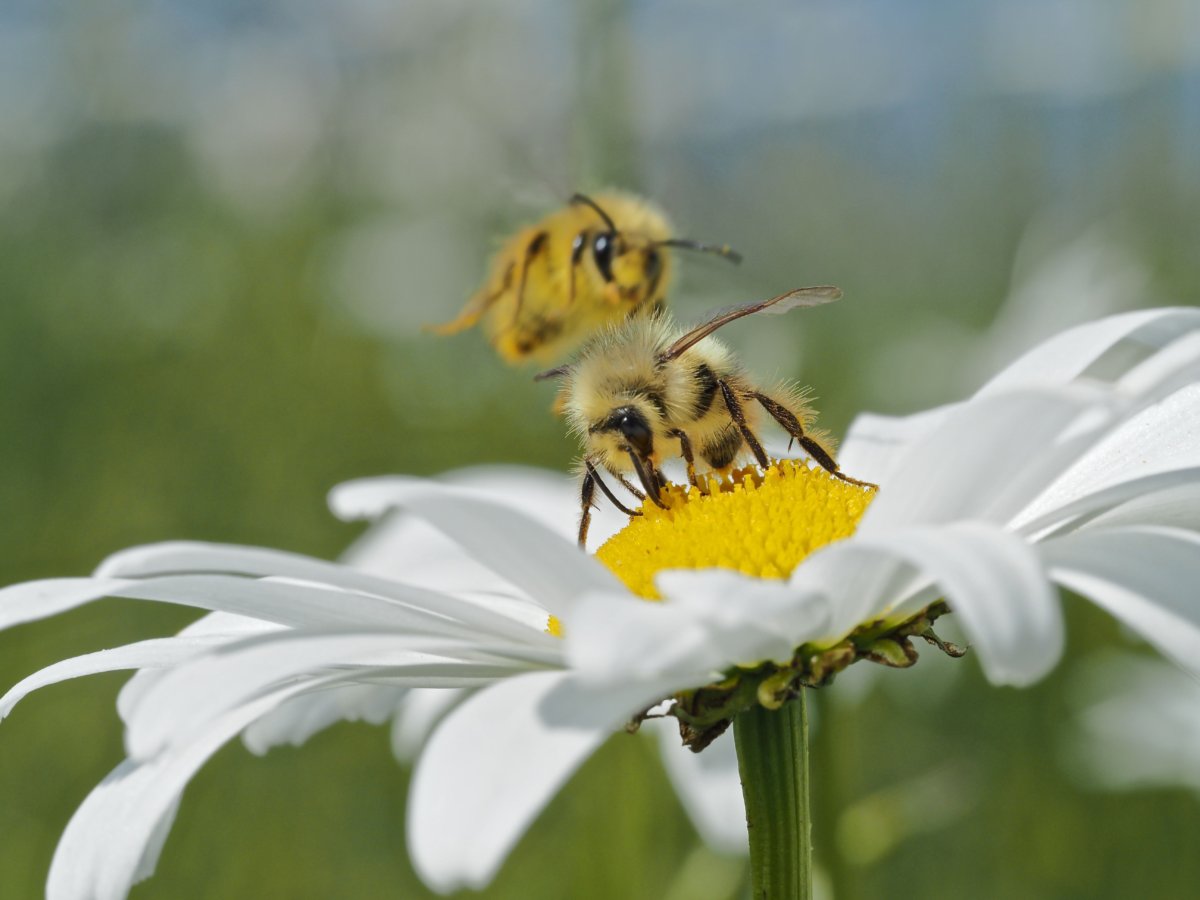
Help protect bees, butterflies and other pollinators in your own yard and garden during National Pollinator Week. You can help by growing a Bee Friendly Lawn. Gary Brill photo.
June 20-26 is National Pollinator Week. The US Senate unanimously approved designating National Pollinator Week 14 years ago. Pollinator Week has grown into an international celebration. It promotes the valuable ecosystem services provided by bees, birds, butterflies, bats, beetles, moths, wasps and flies. #pollinatorweek
There are several things you can do to help pollinators in your own yard and garden.
#1. Add plants that attract pollinators
Here are lists of pollinator plants that will grow well in our area.
- Xerces Society: Pollinator Plants for the Maritime Northwest
- Pollinator Partnership: Pacific Lowland Regional Guide
- Great Plant Picks: Pollinator Plants
- Oregon Metro: Native Plants for Pacific Northwest Gardens
#2. Add pollinator habitat
- Leaving some bare ground
- Growing plants with hollow stems
- Leaving a dead tree or stump
- Building a better brush pile
- Adding bee houses
Read our blog post about adding bee nesting habitat for details.
#3. Reduce or eliminate the use of pesticides
Insecticides will kill bees and butterflies. Herbicides will kill important native plants such as milkweed that pollinators rely upon as a food source and a place to raise young. Make the commitment to avoid using chemicals and to maintain your garden in a natural, organic way. Read more about ways to reduce pesticide use and alternative pest management.
#4. Grow a Bee Friendly Lawn
Growing a #BeeFriendlyLawn involves seven lawn care practices. Here are links to our blog posts about these practices.
- Water deeply from May-October. Good watering practices will help create a lush, healthy lawn.
- Mow higher, about 2-1/2 to 3 inches. This will promote deeper roots and shade the soil to conserve moisture. And keep your mower blades clean and sharp.
- Allow some flowering plants to grow in the lawn.
- Invest in some helpful tools, such as an oscillating sprinkler, soil probe, water timer and hori hori knife.
- Aerate and overseed annually. This allows more air, water and fertilizer to reach the roots.
- Use organic fertilizer regularly. If you are an In Harmony natural lawn care client, our service techs will fertilize your lawn as needed.
- Reduce the size of your lawn. Replace part of your lawn with a patio, trees and shrubs or a vegetable garden.
#5. Support organizations working to help pollinators
- Pollinator Partnership
- Xerces Society for Invertebrate Conservation
- Project Apis m.
- National Wildlife Federation
- Bees for Development
- Planet Bee Foundation
- Bee Conservancy
- Bee and Butterfly Habitat Fund
- Karma Honey Project
- Bee City USA & Bee Campus USA

